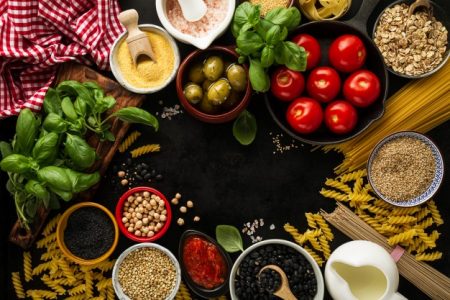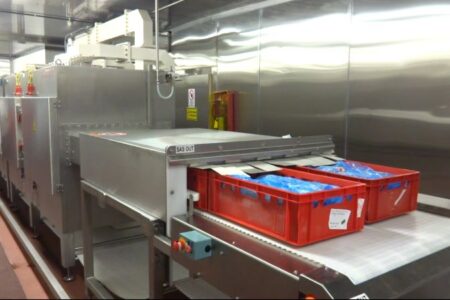EPR labelling, a marker for success

Image: iStock
The current climate has presented many challenges for the food and beverage industry. From staffing issues to hikes in energy bills, companies are scrambling to keep supplies constant while maintaining a cost-effective business. At the same time, we also have the launch of the greatest shake-up to packaging legislation in the last 25 years.
Reporting for Extended Producer Responsibility for Packaging (EPR) has already started, with the first submissions due in October. As well as an increase in reporting, labelling requirements are set to change. However, while manufacturers may be aware of the rise in costs associated with EPR, many are still uncertain on detail.
The definition of packaging producer – those which fall under the scope of the regulations – has changed under EPR. The cost element has shifted to brands and importers, but other businesses are still required to report on the volume of packaging placed on the market, by nation. Those which are obligated will need to look at labelling requirements, along with new demands for data and submission timings. To find out whether your business is obligated, visit: https://www.gov.uk/guidance/packaging-waste-prepare-for-extended-producer-responsibility#check-if-you-need-to-take-action.
Under EPR, the current OPRL label will be used across all rigid packaging from 2026; film will be included in the scheme the following year. OPRL’s most recent research into consumer insights showed that the majority of people look for recycling information on packaging, just before they place it in the bin, so the switch to a standard labelling system aims to remove confusion and encourage consumers to recycle.
The move also ties in with regulations for consistency in recycling. This aspect of the legislation means that councils will collect the same packaging wherever you live, although not necessarily in the same way. The relevance of this might not be apparent at first, but it is expected to have a profound impact. With all councils collecting the same materials, designers will be able to make smarter choices, creating packaging products that are recyclable across the nation.
Earlier this year, OPRL surveyed packaging producers (those responsible under EPR legislation) to find out how much they know about labelling under EPR. We found that, while 71 per cent were aware that they will need to label consumer packaging with recycling information under EPR, only 57 per cent felt confident about how to go about it.
At the moment, the OPRL label – the binary label using the Recycle/Do Not Recycle message and the recycling swoosh – is the only recycling label on the market that already complies with EPR rules. OPRL holds data on the number of local authorities across the UK that collect, sort and recycle individual packaging materials; we also collect information on end markets. When businesses sign up to the label, we apply our metrics to each new product and assess whether or not it is recyclable.
From 2026, all packaging producers will be required to use the label. Although OPRL will still be here to advise our members, businesses will be permitted to use the label independently, as long as they are confident that claims around recyclability are correct. So, if you follow this route, it will be crucial to start assessing the recyclability of your packaging before making any changes to labels.
Three years may seem a long way off, but if you are applying label changes across multiple product ranges, you need to start planning.
OPRL’s 2023 consumer insight research shows that, despite the cost of living crisis, recycling is still important for consumers. Understanding around recycling has also improved year-on-year since we began the surveys in 2018.
People told us that they cannot always understand whether packaging can be recycled and, when uncertain, they will make a guess. Others choose not to recycle. In both cases, potentially recyclable packaging is falling through the gap.
Luckily, the new measures aim to resolve these issues. Over half of our 5,010 respondents (58 per cent) told us they look for recycling information when they are about to throw packaging away. A further 51 per cent said they source recycling information on packaging. So, placing consistent, clear labels directly on packaging will be an effective route to dispel confusion.
As we move closer to the new regulations, it is worth reflecting on what we are trying to achieve. The overarching goal is to build more circular packaging markets. Recycling useful materials plays a key role in addressing carbon – in 2018, the UK’s sorting and recycling operations helped to avoid around 45 million tonnes of CO2e* – as well as reducing the risk of packaging finding its way to unregulated disposal sites and oceans.
EPR brings greater demands for obligated businesses, but the impact will be felt across the supply chain. Working together to create more standardised design, clear labelling and consistent collections, we will ensure that we meet targets while building a more resilient future.
*Environmental Services Association’s Net Zero Greenhouse Gas Emissions Strategy for the UK Recycling and Waste Sector



